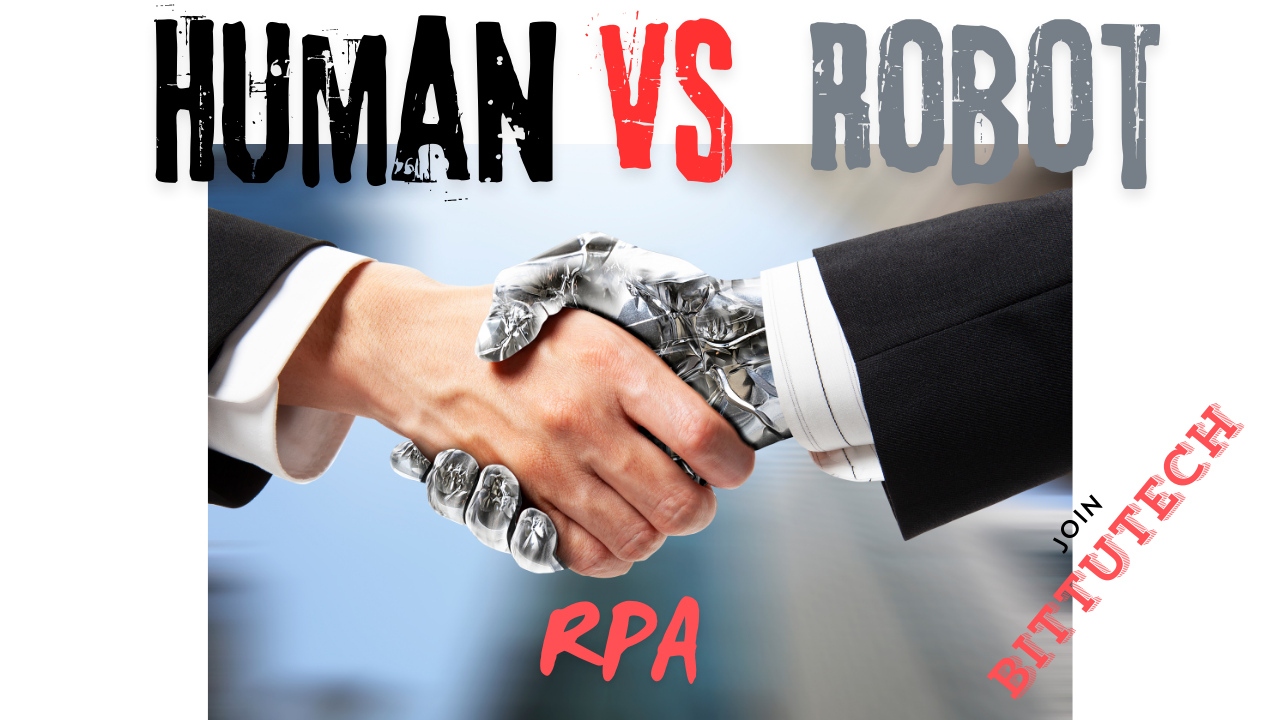Hello my all dear visitors, thanks for coming again in this domain (www.bittutech.com). Today, we will learn about a smart machine that can be done all of the processes who can or can’t be done by humans.
Technologies are increasing and tremendously growing time to time because inventors never folds their hands. In this Era, data and information are going to be more sensitive. Now it is very important to safe and secure our data to prevention of data breaches. It’s time to secure and manipulate our data through RPA (Robotic process automation).
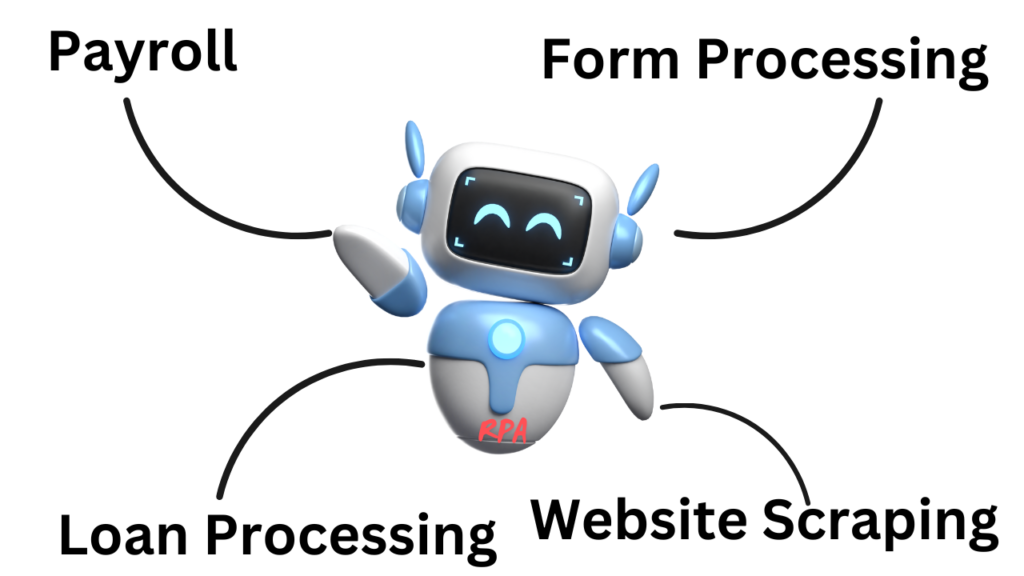
Robotic Process Automation (RPA) allows organizations to automate task just like humans being was doing them across application and systems. RPA means a system or software or machine that process any work or any tasks automatically whether the task is easy or hard. These software bots can interact with an in-house application, website, user portal etc.
The RPA is the software program which runs on an end user’s pc , laptop or mobile device.
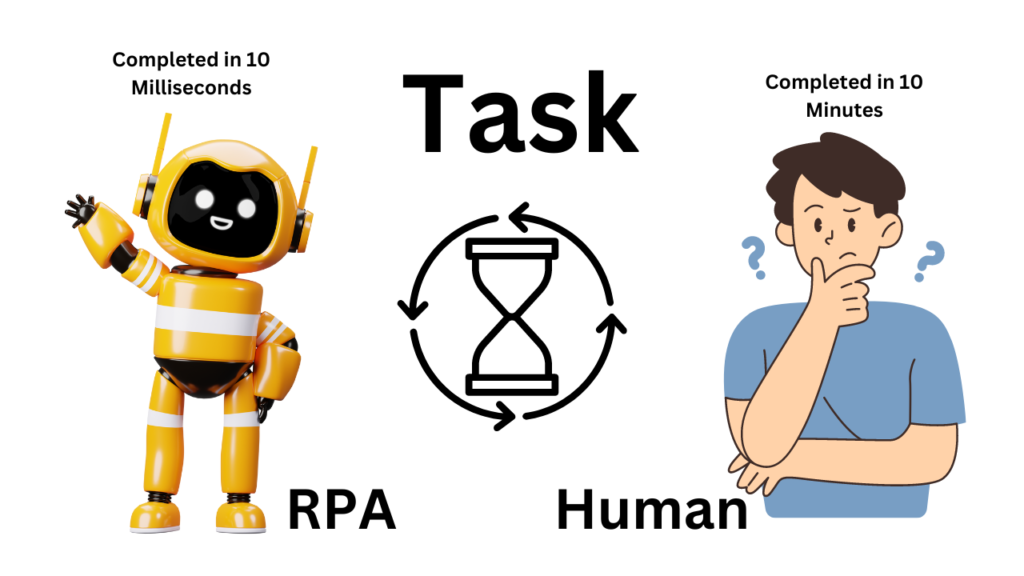
RPA creates much more user friendly environment as compared to any other automation software. RPA projects require less IT and programming expertise and financial investment. RPA is free from coding. it means no programming skill is required for RPA. RPA is much more faster than human being. It can perform any task in very less amount of time. RPA is made for doing any task easily and keep safe from others. It provides better security. RPA is less costly than human workers.
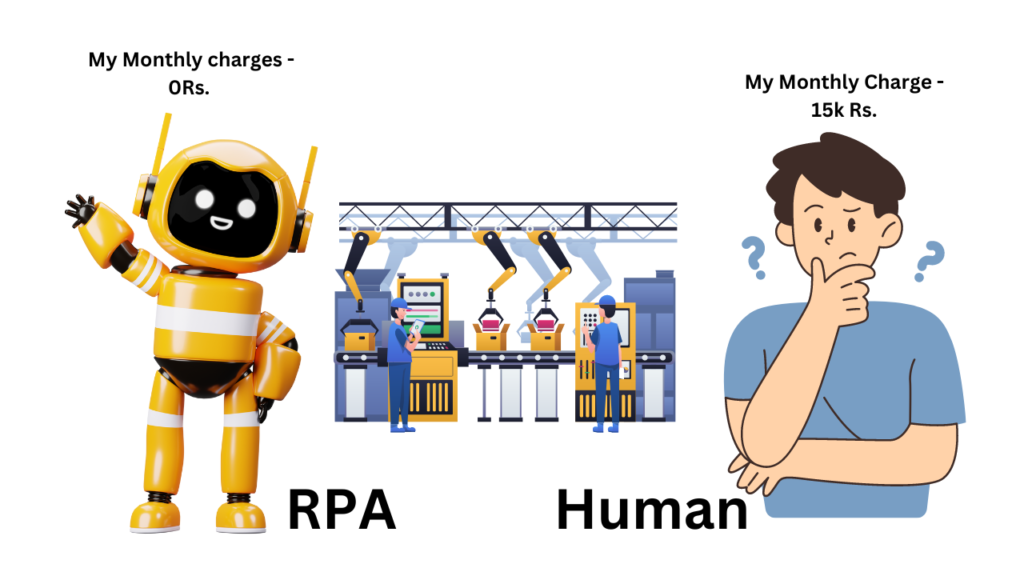
Note -: Some RPA tools also have their own scripting languages that you can learn as well. In terms of specific technologies, it would be useful to have knowledge of databases, web technologies, and APIs. However, you do not necessarily need to be an expert in these areas to learn RPA. Many RPA tools have user-friendly interfaces that allow you to automate processes without deep technical knowledge.
How does RPA works?
Table of Contents
RPA software robots can interact with any application or system, just like humans do. They can log into applications, move files and folders, copy and paste data, fill in forms, extract structured and semi-structured data from documents, and perform various other tasks. These robots are trained to follow predefined rules and workflows, making them ideal for automating routine, rules-based tasks.
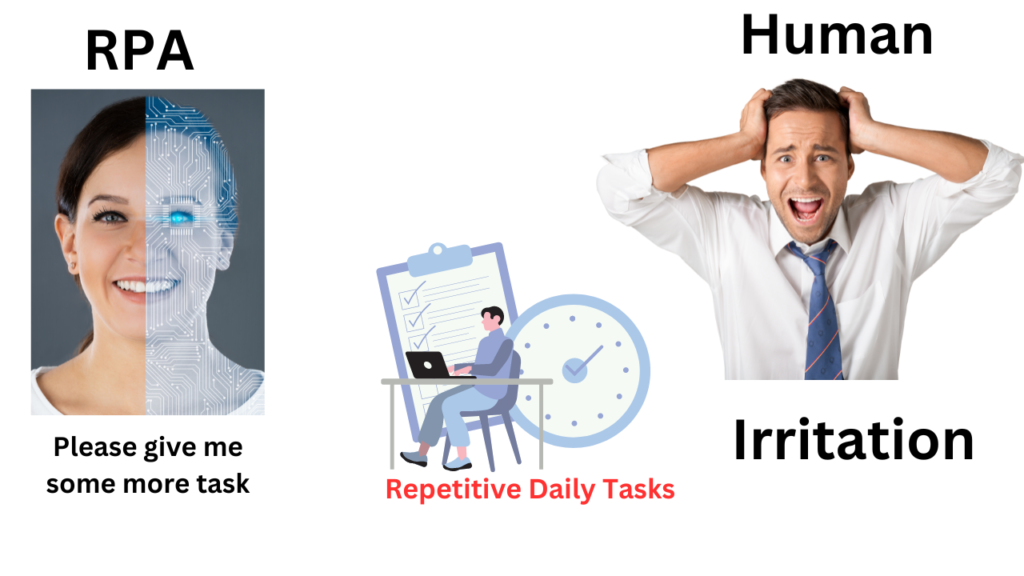
General use of RPA
- Emulate human action-: RPA emulates human execution of repetitive process using various application and system.
- Conduct high-volume repeated task–: RPA can easily simulate rekeying of data from one system to an other system. It perform task like data entry, copying and pasting.
- Perform multiple tasks-: RPA operates multiple and complex tasks across multiple system.
- Data Migration-: Allows automated data migration through system which is not possible using traditional mediums, like document, spreadsheets or other source data files.
- Technical debt management-: RPA help to reduce technical debt by reducing gap between system, preventing the introduction of custom implementation.
- Gap solution-: Robotic automatic fills the gaps with process deficiencies. It includes may simple tasks as password resets, the system resets,etc.
- Cybersecurity:- RPA can be used to automate cybersecurity tasks, such as threat detection, incident response, and vulnerability assessments, helping organizations strengthen their security posture.
- Healthcare Automation:- RPA can automate various administrative tasks in healthcare, such as patient registration, appointment scheduling, billing, and claims processing, allowing healthcare professionals to focus more on patient care.
- Supply Chain Management:- RPA can streamline supply chain processes, such as inventory management, order processing, and logistics, by automating tasks like data entry, order tracking, and shipment scheduling.
- Customer Service Automation:- RPA can automate customer interactions, such as responding to inquiries, processing orders, and resolving complaints, leading to improved customer satisfaction and reduced response times.
Advantages of RPA
- Increased Efficiency:- RPA can perform tasks much faster than humans, leading to increased productivity and efficiency.
- Cost Savings:- By automating repetitive tasks, RPA can help organizations save on labor costs and reduce the risk of errors.
- Improved Accuracy:- RPA bots are programmed to follow predefined rules, ensuring consistent and accurate results.
- Enhanced Compliance:- RPA can help ensure compliance with regulations and standards by consistently applying rules and procedures.
- Scalability:- RPA can easily scale to handle increased workloads without the need for significant changes to the underlying infrastructure.
- Improved Customer Experience:- By automating tasks such as order processing and customer inquiries, RPA can lead to faster response times and improved customer satisfaction.
- Employee Empowerment:-RPA can free up employees from repetitive tasks, allowing them to focus on more strategic and creative work.
Disadvantages of RPA
- Initial Cost:- Implementing RPA can be costly, requiring investment in software, training, and infrastructure.
- Complexity:- RPA implementation can be complex, requiring careful planning and coordination across different departments.
- Maintenance:- RPA bots require regular maintenance and updates to ensure they continue to function properly.
- Limited Cognitive Abilities:- RPA bots are limited in their ability to handle tasks that require complex decision-making or human judgment.
- Security Risks:- RPA can introduce security risks if not implemented properly, such as unauthorized access to sensitive information.
- Dependency on Legacy Systems:- RPA may require integration with legacy systems, which can be challenging and may limit its effectiveness.
- Potential Job Displacement:- While RPA can improve efficiency, it may also lead to job displacement for employees whose roles are automated.
Overall, the advantages of RPA outweigh its disadvantages, but organizations should carefully consider these factors when implementing RPA to ensure its success.
Last Word:- Thankyou for your love and support. We’ll meet soon, till then keep learning and keep exploring 👍.

